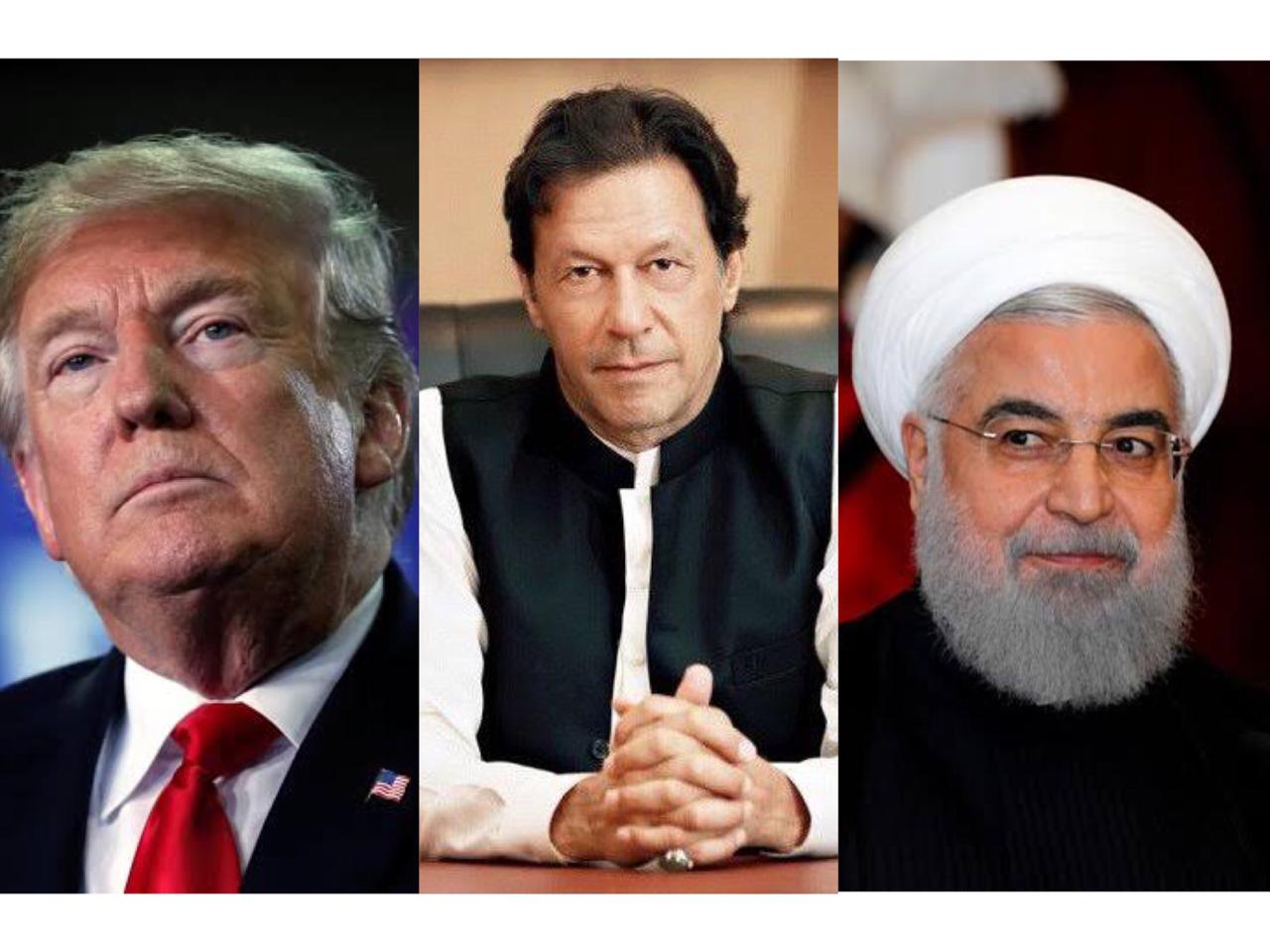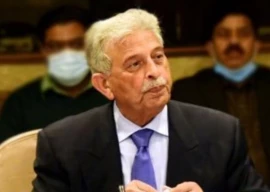
In the past, they had managed to escape a direct conflict with each other but recently the Trump administration raised the bar by targeting the second most powerful figure in Iran.
The escalation of tensions sent crude prices through the roof and investors took refuge in gold piles fearing what lay ahead. However, the situation de-escalated more quickly than expectations of the most cautious bulls in the crude oil market.
The global equity markets also pared their losses in a session or two and even the gold rush fizzled out.
The old cliché of not playing with fire around oil is being tested again in the strategic Strait of Hormuz where 21 million barrels per day or approximately 21% of the global oil supply is transported.
The epicentre of the recent escalation could be traced back to Washington DC where the impeachment drive against President Donald Trump was at the centre stage until the recent escalation with Iran.
Also, it is not like in the 1980s when rising crude prices were a bad omen for the US, since it has also joined the club of top fossil fuel exporting countries of the world. The higher crude prices mean a lifeline to a few vulnerable Permian pure players on the verge of filing for bankruptcy.
Although Pakistan has given a policy statement of staying clear of the conflict, it cannot escape the negative impact of the volatility in crude oil prices. Its limited strategic petroleum reserves could pose a potential risk in case of any blockade in the Strait of Hormuz.
If we look around, the neighbouring countries are building more and more strategic petroleum reserves to meet their future energy needs. India is also building more strategic reserves in phases to increase its emergency reserves from 37 million barrels to 100 million barrels.
China is working to increase its petroleum reserves from 400 million to 500 million barrels and also took advantage of the low oil prices in the past to fill the reserves to the brim.
On the one hand, the reserves allow countries to mitigate the effect of volatility in oil prices and on the other hand avert any crisis-like scenarios, especially the one seen during the Gulf war of the 1990s.
For Pakistan, a major bottleneck in the entire energy supply chain is not just the availability of resources but also their management. If the recent CNG crisis in Karachi, the capital of Sindh which claims to be self-sufficient in natural gas, is of any guide, then we do not need any external shock to bring the economic engine to a grinding halt.
The increasing differences and mistrust between Sindh and the federal government is not at all supportive for solving the energy crisis that rears its head every winter.
Also, as warned in my article last year titled “Stringent condition: new regulation requires refineries to modernise”, the falling furnace oil prices post-IMO 2020 implementation and a lack of utilisation of furnace oil by the power sector are a double whammy for the refinery sector.
This can create serious shortage of other petroleum products such as motor spirit (petrol) and high-speed diesel in the country if old refineries have to further reduce their capacity utilisation to limit furnace oil production.
Fortunately, the effect of the shortage of petroleum products is somehow not felt due to the slowdown in the economy but in case demand picks up, as expected by the summer of 2020, the increase in imports of petroleum products could put an extra burden on the country’s balance of payments.
It seems that the government can’t afford to wait for another external debacle to put its house in order by sorting out all the mess from imports to the distribution of costly energy supplies in a more efficient and sustainable manner.
Also, serious efforts need to be made in order to attract investment to explore domestic hydrocarbon resources that we know of only through grapevine so far.
The writer is a financial market enthusiast and attached to Pakistan’s stocks, commodities and emerging technology
Published in The Express Tribune, January 13th, 2020.
Like Business on Facebook, follow @TribuneBiz on Twitter to stay informed and join in the conversation.

































1714024018-0/ModiLara-(1)1714024018-0-270x192.webp)









COMMENTS (1)
Comments are moderated and generally will be posted if they are on-topic and not abusive.
For more information, please see our Comments FAQ